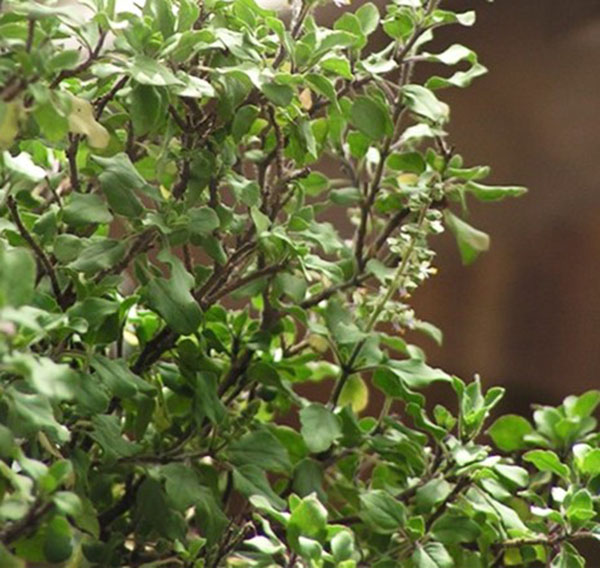
TULSI PLANTS
“As a trustworthy supplier, we take pride in presenting our customers with excellent quality Tulsi Plants(basil). Since, we have a widespread supply chain network; we can satisfy buyers by catering to bulk requirements and making delivery within the stipulated time.”
Tulsi or Sacred basil (Ocimum sanctum L.) is a biennial shrub belonging to the family Lamiaceae. The plant has been revered by the people of India for its multivarious uses since vedic times. Even now, it is worshipped by many. The essential oil of sacred basil has about 71 per cent eugenol and is comparable to that of clove oil. Eugenol is widely used in perfumery, cosmetics, pharmaceuticals and confectionary industries. The juice of the leaves possesses antiseptic, diaphoretic, antiperiodic, stimulating, expectorant, anti-pyretic and memory improving properties. It is one among the few plants which purifies the atmosphere. (Ssp group)